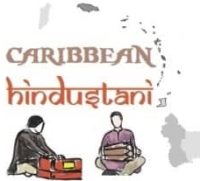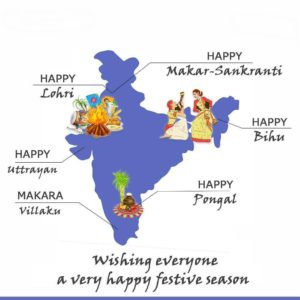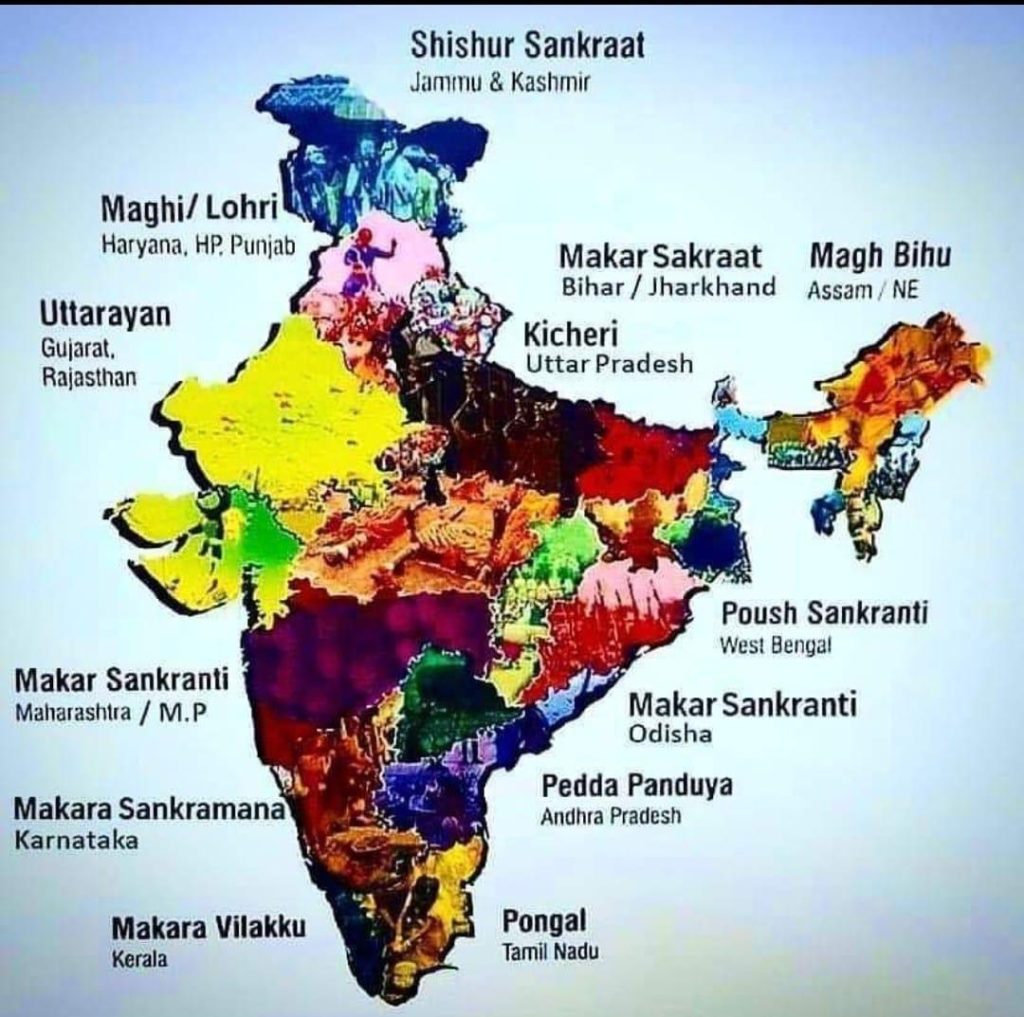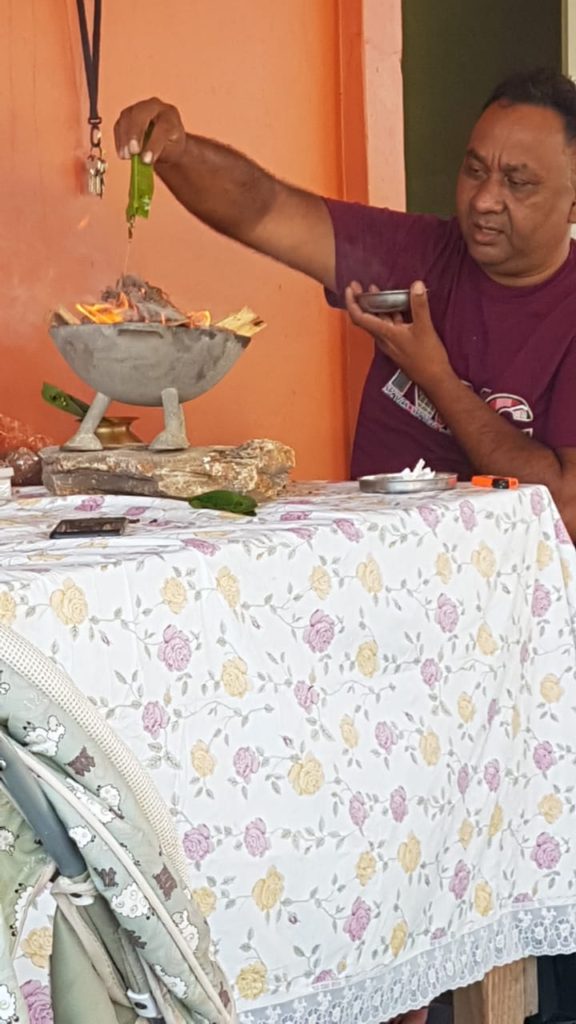Why do Hindus Light an Oil Lamp?
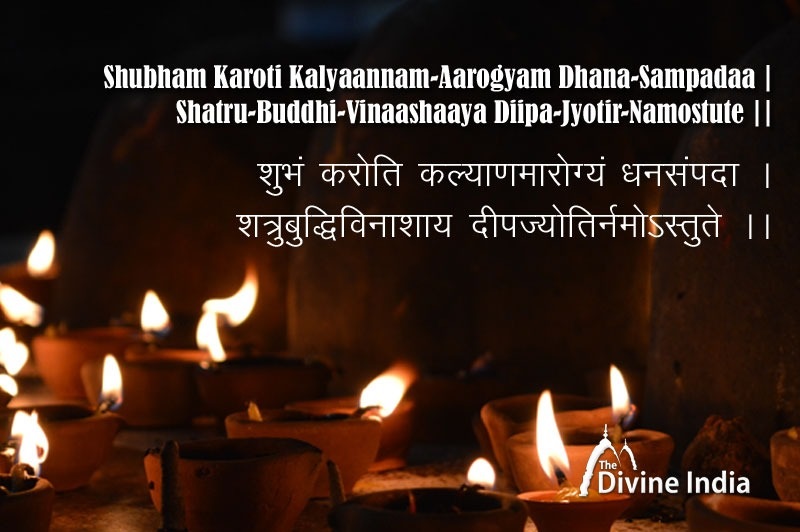
If we add up all the lights from all the stars that exist in the universe, it would be a promethean flame compared to the abyss of darkness that is our universe. The existence of living beings on this earth was possible because of the energy emitted from the sun and the timing of that light by divisions into day and night due the earth’s rotation on its axis. This was responsible for establishing the Holocene that made life possible on earth.
Since the beginning of the Anthropocene, the Holocene’s regularity through day and night cycles and seasons sustained the human species and is responsible for man’s advancement. Humans’ pondering about the Holocene and the role of celestial orbs of light in the sky in it led to understanding of the existence of a higher power that was a personification of the dynamisms and reason for why things were the way they were. This personification continued to the extent of understanding of natural phenomena as manifestations of this higher power, be it the moon, the sun, the rain, storms, the ocean, the land, the day and night, and ultimately the sky and the radiance of the celestials that shone in the day and night. The latter was quite important as these celestials were important to man’s existence in a universe enveloped in darkness. So much so that it became a metaphor in systematized religion for knowledge being the light and responsible for human progress against the darkness of ignorance. In major religions, these celestials were ultimately personified to gods like the sun god, Jupiter, Venus and so on.
The invention of fire was a big leap in human existence as it provided light and warmth in the darkness and cold of night and also influenced humans’ diet as available food could now be cooked for easier digestion. Thus, it makes sense for example in the Hindu tradition to equate fire to the mouth of the Divine or Higher Power, the element that is active in our stomach for digestions and the messenger that carries human oblations to that Divine as in a sacrificial fire or havan. The ease with which the light of a flame was carried especially in the night was increased with the oil lamp. This is the diya in the Hindu tradition. Anything from which light emanated, even the flame, was seen to be a manifest of the Divine or derived from it. Thus, in Hindu tradition, the traditional deya became the center of worship to that Divine know as goddess Lakshmi to ever keep its radiance shining to light the path for man to continue to advance. This tradition is not unique to Hinduism as we see it in all other civilizations, more influential in today’s world from the Zoroastrian fire temples that was adopted by the Abrahamic religions in their Temple of Zion. We see this in modern-day Christianity, a religion that dominates our present-day world.
Within the Indo-Caribbean tradition, those who practice Hinduism ensure that at the Sandhya or twilight hour they say their prayers while lighting of a deya daily. In an age of electricity, where an older tradition of lighting an oil lamp is virtually obsolete, it is quite interesting to see how Indo-Caribbean Hindus hold on to this tradition. Not necessarily for its original pragmatic usage for having a source of light to protect us and make us functional at the night, but more so by revering it as a manifest of the Divine that continues to light our way to progress as a human species. This belief is so strong that, the religious narrative of having the place cleaned before we welcome the goddess in the from of light is the reality for the Caribbean Hindi. This despite the fact that, in a time without electricity, it was necessary to clean before 6pm when there was light and before lighting the lamp or else you could put yourself in danger of being bitten by snakes, scorpions, centipedes and other insects or vermin that may hide in dark corners of the old mud hut Hindus used to live in. This respect for the light is still so great that, many Hindus bow before the electric light when put on in the evening while reciting this famous Sanskrit mantra in praise of the light:
शुभं कुरुत्वम कल्याणमारोग्यं धनसंपदः।
Shubham Karoti Kalyaannam-Aarogyam Dhana-Sampadaa |
(Salutations to the light that brings auspiciousness, health and prosperity)
शत्रुबुद्धिविनाशाय दीपज्योतिर्नमोऽस्तुते॥
Shatru-Buddhi-Vinaashaaya Diipa-Jyotir-Namostute ||
(Which destroys inimical feelings, salutations to the light of the lamp)
दीपज्योतिः परब्रह्म दीपज्योतिर्जनार्दनः।
Diipa-Jyotih Para-Brahma Diipa-Jyotir-Janaardanah |
(The light of the lamp is supreme being, the light of the lamp represents the protector of the devotee or Lord Vishnu)
दीपो हरतु मे पापं संध्यादीपनमोस्तुते॥
Diipo Haratu Me Paapam Diipa-Jyotir-Namostute ||
(Let the light of the lamp wipe away my sins, salutations to the light of the lamp)
